Home>diy>Building & Construction>What Is A Construction Joint In Concrete
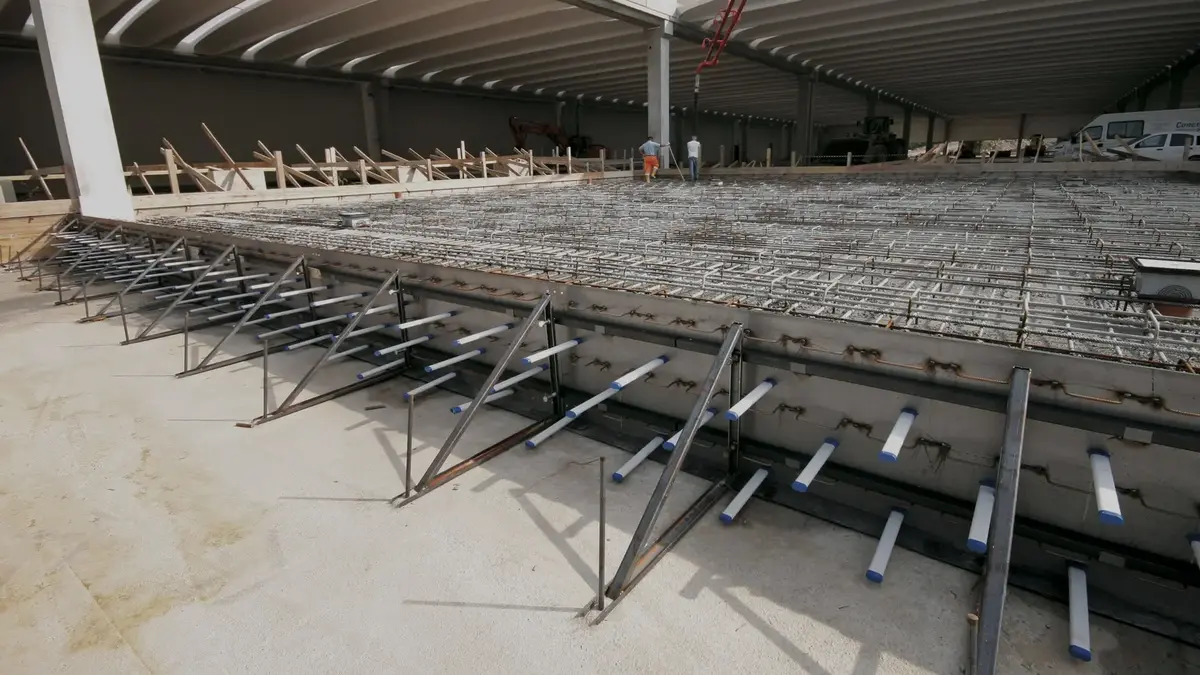

Building & Construction
What Is A Construction Joint In Concrete
Modified: January 4, 2024
Learn about the importance of construction joints in concrete for building construction. Understand their purpose and best practices. Discover more!
(Many of the links in this article redirect to a specific reviewed product. Your purchase of these products through affiliate links helps to generate commission for Storables.com, at no extra cost. Learn more)
**
Introduction
**
Welcome to the world of construction, where every detail, from the foundation to the finishing touches, plays a crucial role in the integrity and longevity of a structure. In the realm of concrete construction, the concept of construction joints holds significant importance. These joints are not merely points of separation in the concrete; they are strategic elements that contribute to the overall stability and functionality of a building or infrastructure.
Understanding the role of construction joints in concrete is essential for engineers, architects, construction workers, and even homeowners, as it directly impacts the durability and performance of concrete structures. In this comprehensive guide, we will delve into the intricacies of construction joints in concrete, exploring their definition, types, purpose, design, placement, common issues, and maintenance. By the end of this journey, you will gain a profound understanding of construction joints and their pivotal role in the construction industry. So, let's embark on this enlightening exploration of construction joints in concrete.
**
Key Takeaways:
- Construction joints in concrete are strategic separations that prevent uncontrolled cracking and allow for organized construction. They come in various types, each serving a specific purpose in ensuring the durability and stability of structures.
- Proper maintenance and timely repair of construction joints are crucial for preserving the integrity and functionality of concrete structures. Routine inspection, joint cleaning, sealant replacement, and reinforcement are essential for long-term performance.
Definition of Construction Joint in Concrete
**
Before delving into the specifics of construction joints, it’s essential to grasp their fundamental definition. A construction joint in concrete refers to a planned point of interruption in the placement of concrete, creating a demarcation between two successive concrete placements. These interruptions can occur horizontally, vertically, or both, depending on the structural requirements and design considerations.
Construction joints are intentionally incorporated into concrete structures to facilitate the phased construction process, allowing for controlled and organized concrete placement. By strategically placing these joints, construction teams can manage the pouring, setting, and curing of concrete in manageable sections, ensuring structural integrity and minimizing the risk of cracking or other defects.
These joints can take various forms, including straight-line separations, keyway joints, and even transitional joints to connect new concrete with existing structures. The selection of the joint type is influenced by factors such as the structural design, load-bearing requirements, and environmental conditions.
Furthermore, it’s important to note that construction joints are distinct from expansion joints, which accommodate the natural expansion and contraction of concrete due to temperature variations. While expansion joints serve a different purpose, both types of joints are crucial for the overall performance and longevity of concrete structures.
Understanding the definition of construction joints sets the stage for a deeper exploration of their types, purpose, design considerations, and maintenance practices. By comprehending the significance of these joints, construction professionals can make informed decisions to ensure the structural integrity and durability of concrete constructions.
**
Types of Construction Joints
**
Construction joints in concrete manifest in various forms, each tailored to specific construction requirements and structural considerations. Understanding the different types of construction joints is essential for implementing the most suitable approach in a given construction project. Here are the primary types of construction joints:
- Straight-Line Construction Joints: These are the most common type of construction joints, characterized by straight-line demarcations that separate successive concrete placements. They are typically employed in large concrete slabs, walls, and other linear structures to facilitate phased construction and mitigate the risk of cracking.
- Keyed Construction Joints: Keyed joints feature interlocking profiles on the adjoining concrete sections, enhancing the structural continuity and load transfer between the segments. The keyway design of these joints minimizes horizontal displacement and enhances the overall stability of the construction.
- Round Construction Joints: Circular or rounded construction joints are utilized in cylindrical structures such as water tanks, silos, and columns. The curved profile of these joints accommodates the circular geometry of the structure, ensuring seamless transitions between successive concrete placements.
- Isolation Joints: Isolation joints are employed to create a complete separation between adjoining concrete sections, preventing load transfer and accommodating differential movements. They are commonly used in situations where independent movement of concrete segments is necessary, such as between building slabs and pavements.
- Construction Joint with Keyway: This type of joint combines the features of straight-line construction joints with keyway joints, incorporating interlocking profiles to enhance load transfer and structural integrity. The inclusion of a keyway provides additional resistance against horizontal displacement and shear forces.
Each type of construction joint serves a specific purpose and offers unique benefits in the context of concrete construction. The selection of the most appropriate joint type is influenced by factors such as structural design, anticipated loads, environmental conditions, and the overall construction methodology.
By understanding the distinct characteristics and applications of these construction joint types, construction professionals can make informed decisions to optimize the performance and durability of concrete structures.
**
Purpose of Construction Joints
**
The incorporation of construction joints in concrete structures serves a multitude of essential purposes, each contributing to the overall integrity, durability, and functionality of the construction. Understanding the primary objectives of construction joints is pivotal for ensuring their strategic implementation and the long-term performance of concrete structures. Here are the key purposes of construction joints:
- Controlled Cracking: Construction joints enable the controlled division of concrete placements into manageable sections, reducing the likelihood of uncontrolled cracking due to shrinkage, thermal expansion, or other factors. By strategically placing these joints, construction teams can minimize the risk of extensive and detrimental cracks, preserving the structural integrity of the concrete elements.
- Phased Construction: The phased construction process facilitated by construction joints allows for organized and manageable concrete placement. This approach is particularly beneficial for large-scale projects, such as pavements, floors, and walls, where staged pouring and curing of concrete are essential for achieving uniformity, strength, and dimensional stability.
- Load Transfer: Certain types of construction joints, such as keyed joints, facilitate effective load transfer between adjoining concrete sections, ensuring structural continuity and stability. By enhancing load transfer capabilities, these joints contribute to the overall strength and resilience of the concrete construction, particularly in scenarios involving dynamic loads or seismic forces.
- Environmental Adaptability: Construction joints accommodate the natural movements and deformations of concrete structures in response to environmental factors, including temperature variations, moisture changes, and ground settlement. This adaptability is crucial for preventing excessive stress and damage, as it allows the concrete elements to flex and adjust without compromising their structural integrity.
- Construction Sequence Flexibility: The presence of construction joints provides construction teams with the flexibility to execute complex construction sequences, such as phased slab pouring and vertical wall construction. This flexibility streamlines the construction process, enabling efficient coordination of resources and equipment while maintaining the quality and performance of the concrete elements.
By fulfilling these critical purposes, construction joints play a pivotal role in optimizing the durability, functionality, and longevity of concrete structures. Their strategic incorporation aligns with the principles of sound construction practices, ensuring that the completed constructions exhibit resilience, stability, and resistance to common structural challenges.
**
Design and Placement of Construction Joints
**
The design and placement of construction joints in concrete structures are integral components of the construction planning and execution process. By meticulously considering the structural requirements, material properties, and environmental factors, construction professionals can optimize the effectiveness and performance of these joints. Here are the key considerations for the design and placement of construction joints:
- Structural Analysis: Prior to determining the locations and types of construction joints, a comprehensive structural analysis is conducted to identify critical stress points, anticipated movements, and load transfer requirements. This analysis informs the strategic placement of joints to mitigate stress concentrations and accommodate structural movements.
- Joint Spacing and Layout: The spacing and layout of construction joints are determined based on factors such as concrete mix design, slab thickness, anticipated loads, and construction sequence. Proper spacing ensures that the concrete sections remain structurally sound and resistant to cracking, while the layout facilitates efficient construction sequencing and material utilization.
- Joint Profile and Detailing: The selection of the joint profile and detailing, including keyway dimensions, joint depth, and edge treatments, is tailored to the specific structural and load-bearing requirements. This meticulous detailing enhances the load transfer capabilities of the joints and minimizes the risk of displacement or misalignment between concrete segments.
- Material Compatibility: The compatibility of joint materials with the surrounding concrete is crucial for ensuring long-term durability and structural cohesion. Construction professionals carefully select joint fillers, sealants, and reinforcement materials that exhibit compatibility with the concrete mix and possess the necessary properties to withstand environmental exposure and load transfer demands.
- Construction Sequence Integration: The design and placement of construction joints are intricately integrated into the overall construction sequence, aligning with the phased pouring, setting, and curing of concrete. This integration ensures that the joints facilitate seamless construction progression while maintaining the structural integrity and uniformity of the concrete elements.
By meticulously addressing these design and placement considerations, construction professionals can optimize the effectiveness and functionality of construction joints in concrete structures. This proactive approach contributes to the long-term durability, resilience, and performance of the completed constructions, aligning with the principles of sustainable and structurally sound construction practices.
**
A construction joint in concrete is a planned stopping point in the pouring of concrete, allowing work to be completed in stages. It’s important to properly prepare and seal the joint to prevent cracks.
Read more: How Is Concrete Used In Construction
Factors Affecting Construction Joints
**
The successful performance and longevity of construction joints in concrete structures are influenced by a myriad of factors, encompassing structural, material, and environmental considerations. Understanding these influential factors is essential for implementing effective construction joint strategies and mitigating potential challenges. Here are the primary factors affecting construction joints:
- Concrete Mix Design: The composition and properties of the concrete mix directly impact the behavior and performance of construction joints. Factors such as aggregate gradation, cementitious materials, and admixtures influence the shrinkage characteristics, workability, and strength development of the concrete, all of which are critical considerations for construction joint design and functionality.
- Environmental Conditions: Environmental factors, including temperature variations, humidity levels, and exposure to aggressive agents, can significantly affect the performance and durability of construction joints. Proper consideration of these conditions is essential for selecting suitable joint materials, sealants, and detailing that can withstand the anticipated environmental challenges and maintain their integrity over time.
- Load-Bearing Requirements: The anticipated loads, including static and dynamic forces, exerted on the concrete structure influence the design and placement of construction joints. Effective load transfer capabilities, achieved through strategic joint detailing and reinforcement, are essential for ensuring the structural stability and resilience of the concrete elements under various loading conditions.
- Construction Sequence and Methodology: The construction sequence, including the phased pouring, curing, and finishing of concrete, directly impacts the design and placement of construction joints. Efficient coordination of construction activities and the integration of joint placement into the overall construction methodology are crucial for achieving uniformity, strength, and dimensional stability in the completed structure.
- Subgrade and Foundation Conditions: The characteristics of the subgrade and foundation upon which the concrete structure is built can influence the behavior of construction joints. Factors such as soil settlement, ground movement, and foundation stability directly impact the performance and load distribution across construction joints, necessitating site-specific design considerations.
By carefully evaluating and addressing these influential factors, construction professionals can optimize the design, placement, and functionality of construction joints in concrete structures. This proactive approach aligns with the principles of robust construction practices, ensuring that the completed constructions exhibit resilience, durability, and resistance to common structural challenges.
**
Common Issues with Construction Joints
**
While construction joints play a crucial role in facilitating the phased construction and structural integrity of concrete elements, they are susceptible to various challenges that can compromise their performance and the overall durability of the structure. Understanding these common issues is essential for implementing proactive measures to mitigate their impact and ensure the long-term functionality of construction joints. Here are some prevalent issues associated with construction joints:
- Uncontrolled Cracking: Improper design, placement, or detailing of construction joints can lead to uncontrolled cracking in the concrete elements, diminishing their structural integrity and aesthetic appeal. Inadequate load transfer capabilities and insufficient joint reinforcement are common contributors to this issue, necessitating meticulous attention to joint design and material compatibility.
- Joint Misalignment and Displacement: Inadequate attention to joint detailing and construction practices can result in misalignment and displacement of construction joints, compromising their load transfer efficiency and structural continuity. This issue is particularly prevalent in large-scale concrete slabs and walls, where precise joint profiles and interlocking features are essential for maintaining the integrity of the construction joints.
- Joint Sealant Failure: The deterioration or failure of joint sealants and fillers can lead to moisture ingress, chemical exposure, and debris accumulation within the construction joints, compromising their effectiveness and long-term durability. Proper selection of joint sealants, routine maintenance, and proactive repair measures are essential for mitigating this common issue.
- Crack Propagation from Joints: Inadequate joint detailing and reinforcement can contribute to crack propagation from construction joints, leading to extensive cracking and structural vulnerabilities in the concrete elements. Effective joint profiling, appropriate reinforcement, and meticulous construction practices are essential for minimizing the risk of crack propagation from construction joints.
- Load Transfer Inefficiency: Insufficient load transfer capabilities in construction joints can result in localized stress concentrations and reduced structural resilience, particularly under dynamic loads or seismic forces. Proper joint profiling, reinforcement, and material selection are crucial for optimizing load transfer efficiency and enhancing the overall stability of the concrete structure.
By addressing these common issues with proactive design, construction, and maintenance practices, construction professionals can optimize the performance and longevity of construction joints in concrete structures. This proactive approach aligns with the principles of sustainable and resilient construction, ensuring that the completed structures exhibit durability, stability, and resistance to common structural challenges.
**
Maintenance and Repair of Construction Joints
**
Proactive maintenance and timely repair of construction joints are essential for preserving the integrity, functionality, and aesthetic appeal of concrete structures. By implementing effective maintenance practices and addressing potential issues promptly, construction professionals can extend the service life and performance of construction joints. Here are key considerations for the maintenance and repair of construction joints:
- Routine Inspection: Regular visual inspections of construction joints are essential for detecting early signs of deterioration, displacement, or sealant failure. These inspections enable construction teams to identify maintenance needs and address potential issues before they escalate, preserving the long-term performance of the concrete elements.
- Joint Cleaning and Debris Removal: Periodic cleaning of construction joints to remove debris, dirt, and deteriorated sealants is crucial for maintaining their functionality and load transfer capabilities. Thorough cleaning prepares the joints for repair or resealing, ensuring optimal performance and durability.
- Sealant Replacement: Over time, joint sealants may deteriorate due to exposure to environmental elements, chemical ingress, or mechanical stress. Timely replacement of deteriorated sealants with high-quality, compatible materials is essential for preventing moisture intrusion, preserving joint integrity, and mitigating potential issues such as crack propagation and joint failure.
- Reinforcement and Retrofitting: In cases where construction joints exhibit signs of inadequate load transfer or structural vulnerabilities, reinforcement and retrofitting measures may be necessary to enhance their performance. This may involve the installation of additional joint reinforcement, grouting, or structural modifications to optimize load transfer and mitigate potential issues.
- Crack Repair and Remediation: If construction joints exhibit crack propagation or localized damage, prompt repair and remediation measures are essential for preventing further deterioration and preserving the structural integrity of the concrete elements. Effective crack repair techniques, such as epoxy injection, grouting, or localized patching, can mitigate the impact of joint-related issues.
By integrating these maintenance and repair practices into the overall asset management and facility maintenance strategies, construction professionals can ensure the long-term performance, resilience, and aesthetic appeal of concrete structures. This proactive approach aligns with the principles of sustainable and cost-effective asset management, preserving the value and functionality of constructed facilities over their service life.
**
Conclusion
**
Construction joints in concrete structures are not merely points of separation; they are strategic elements that influence the durability, functionality, and resilience of the built environment. By understanding the intricacies of construction joints, including their types, purposes, design considerations, and maintenance practices, construction professionals can optimize the performance and longevity of concrete constructions.
From straight-line joints to keyed joints and isolation joints, each type serves a specific function in facilitating phased construction, load transfer, and environmental adaptability. The purpose of construction joints extends beyond controlled cracking and phased construction to encompass efficient load transfer, adaptability to environmental conditions, and construction sequence flexibility.
The design and placement of construction joints are critical components of the construction planning process, requiring meticulous attention to structural analysis, joint spacing, material compatibility, and construction sequence integration. By addressing factors such as concrete mix design, environmental conditions, and load-bearing requirements, construction professionals can optimize the functionality and resilience of construction joints.
Despite their significance, construction joints are susceptible to common issues such as uncontrolled cracking, joint misalignment, sealant failure, and load transfer inefficiency. Proactive maintenance and timely repair measures, including routine inspection, joint cleaning, sealant replacement, reinforcement, and crack repair, are essential for preserving the integrity and performance of construction joints.
In conclusion, construction joints are integral components of concrete structures, embodying the principles of strategic construction planning, load transfer optimization, and structural resilience. By embracing a proactive approach to construction joint design, placement, and maintenance, construction professionals can ensure the long-term durability, stability, and functionality of concrete constructions, contributing to the sustainability and resilience of the built environment.
Frequently Asked Questions about What Is A Construction Joint In Concrete
Was this page helpful?
At Storables.com, we guarantee accurate and reliable information. Our content, validated by Expert Board Contributors, is crafted following stringent Editorial Policies. We're committed to providing you with well-researched, expert-backed insights for all your informational needs.
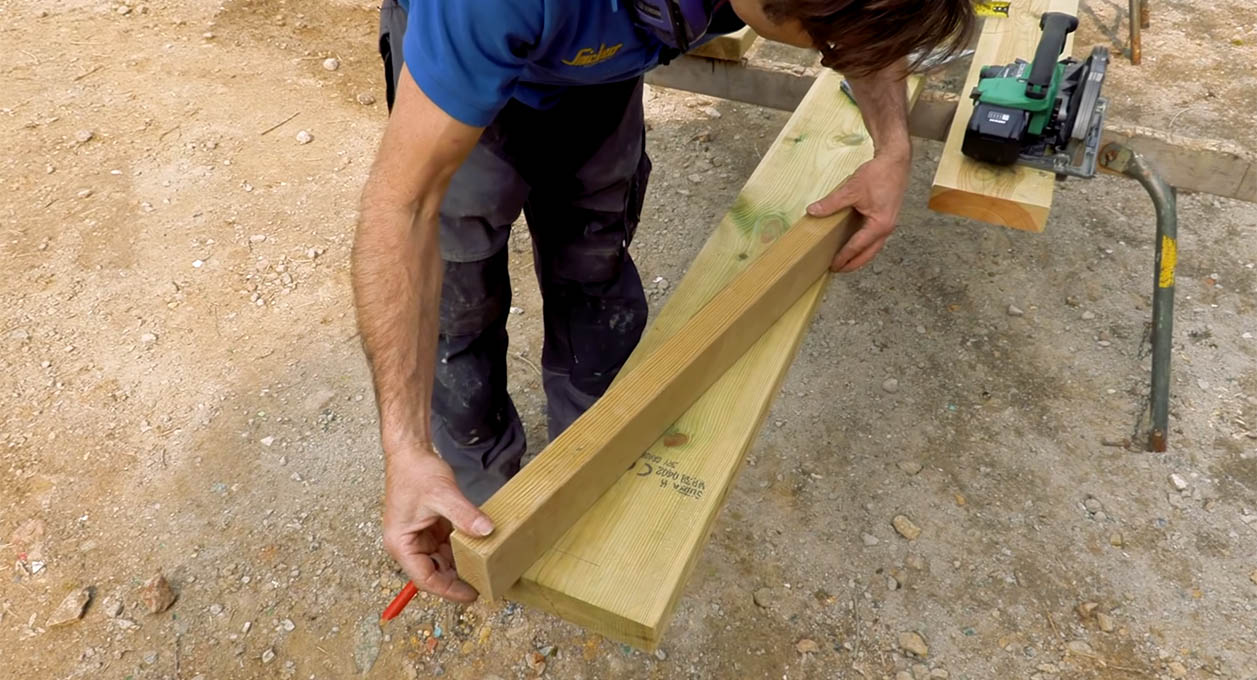
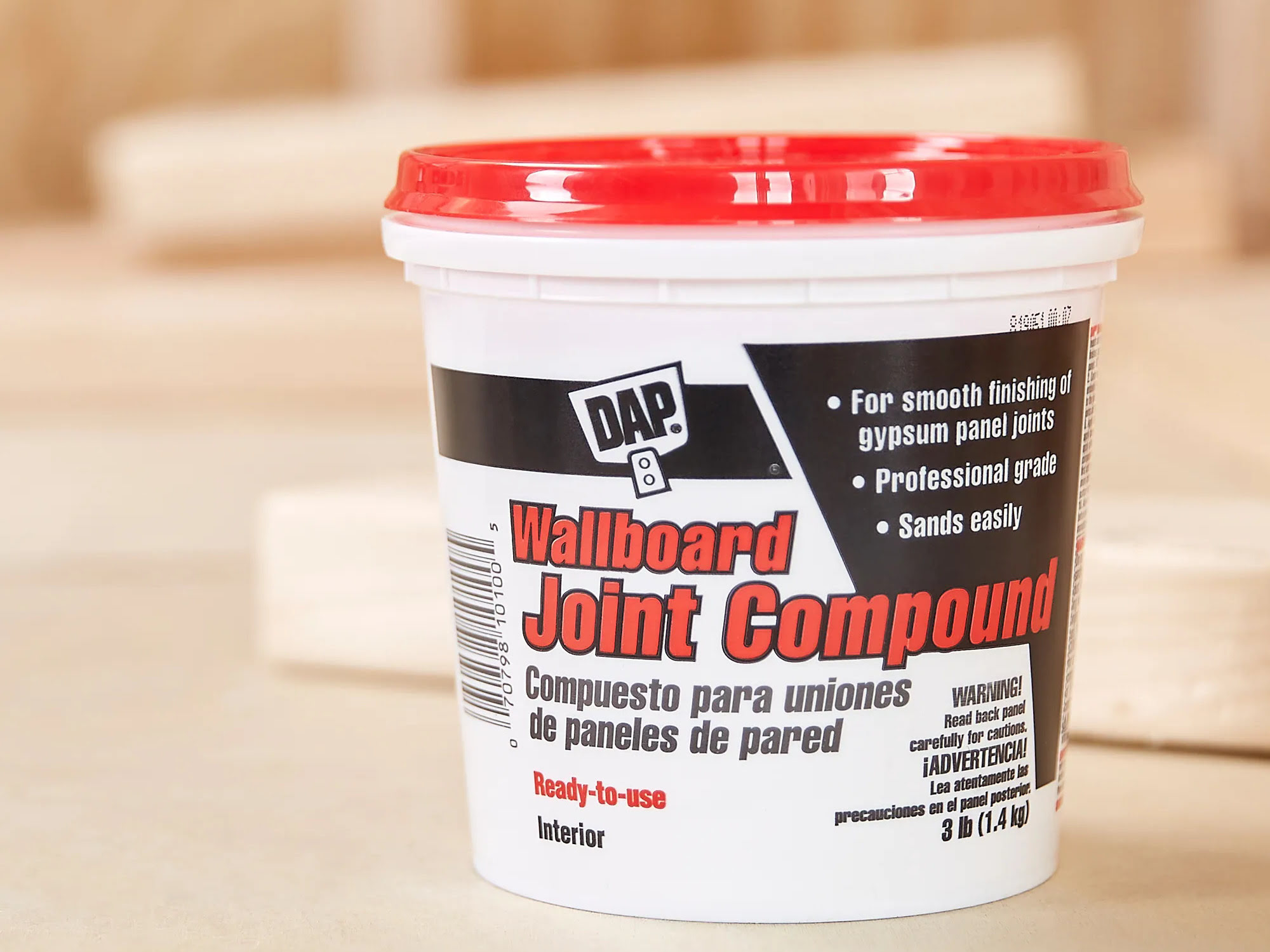
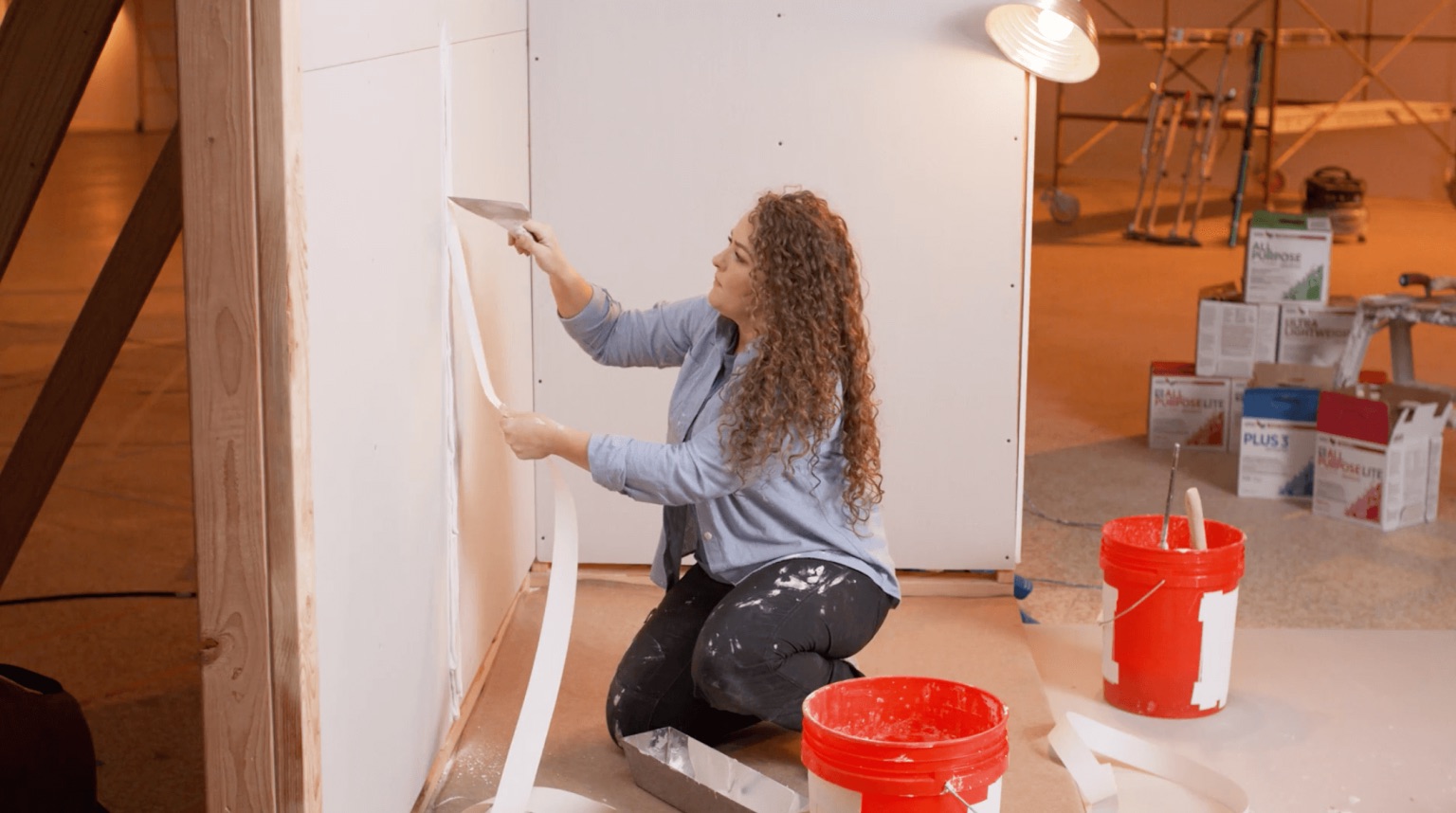
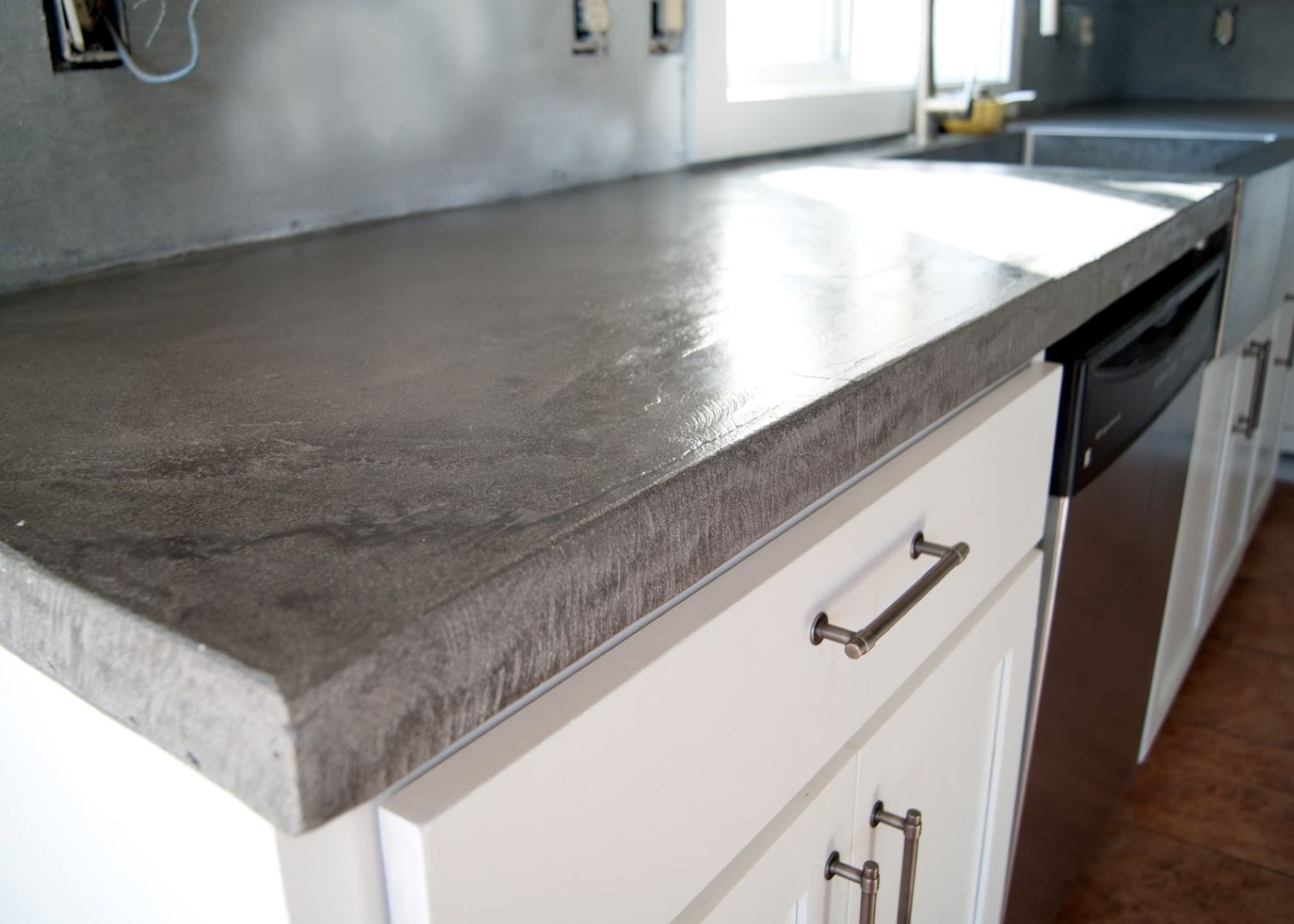



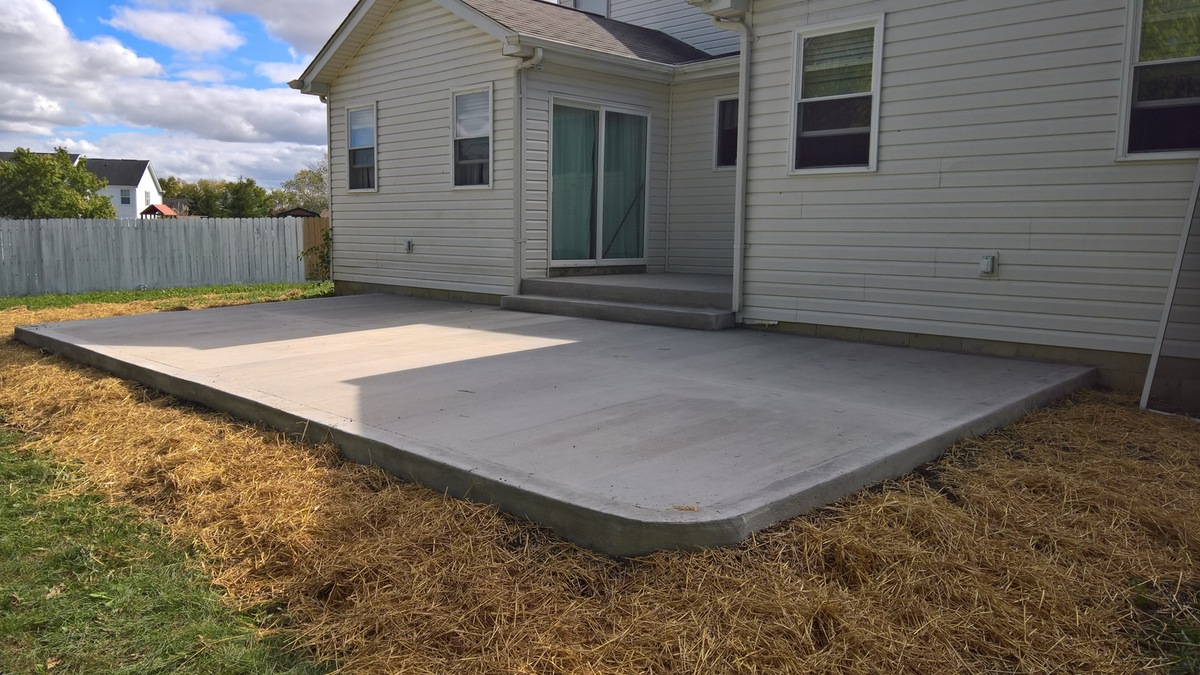
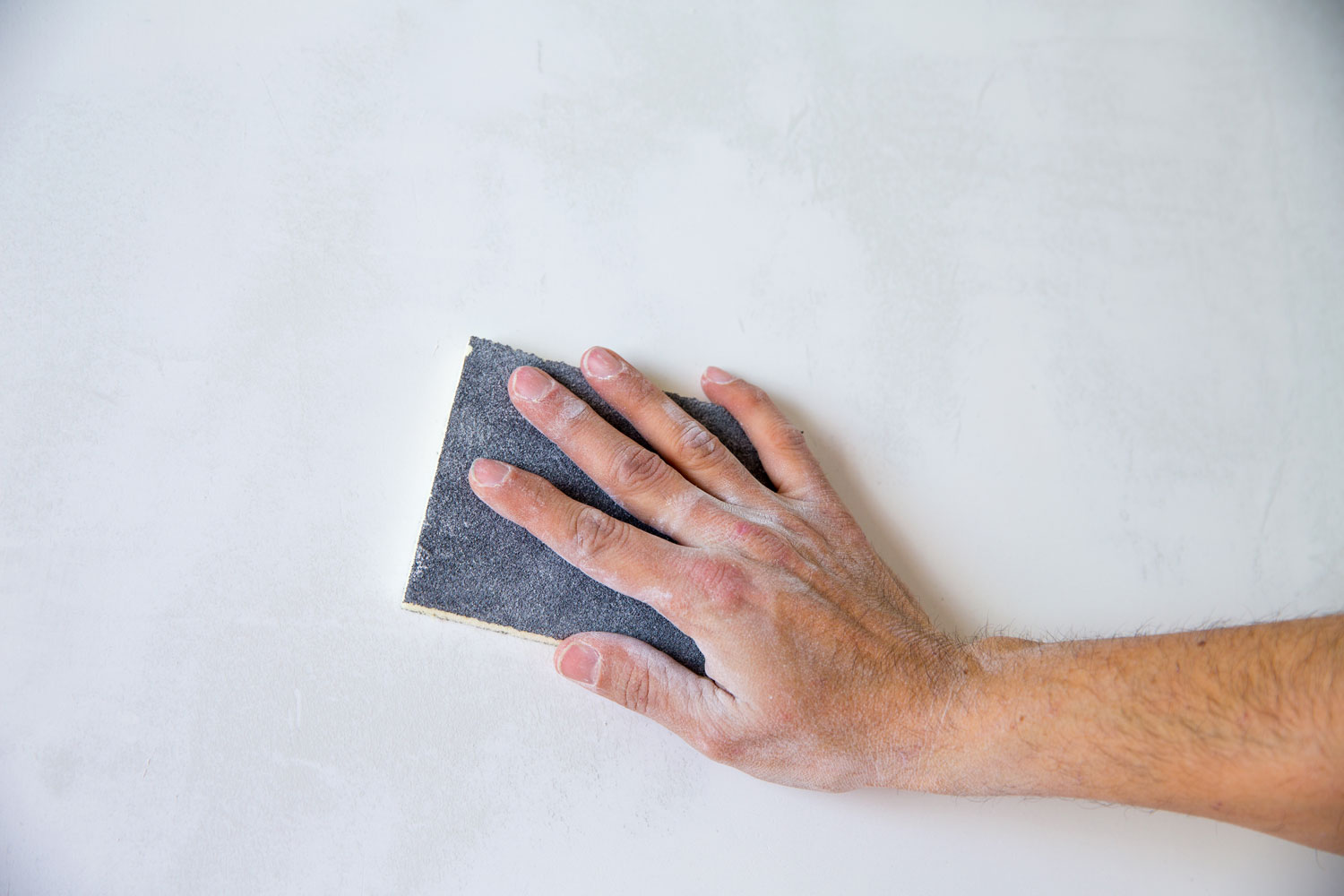
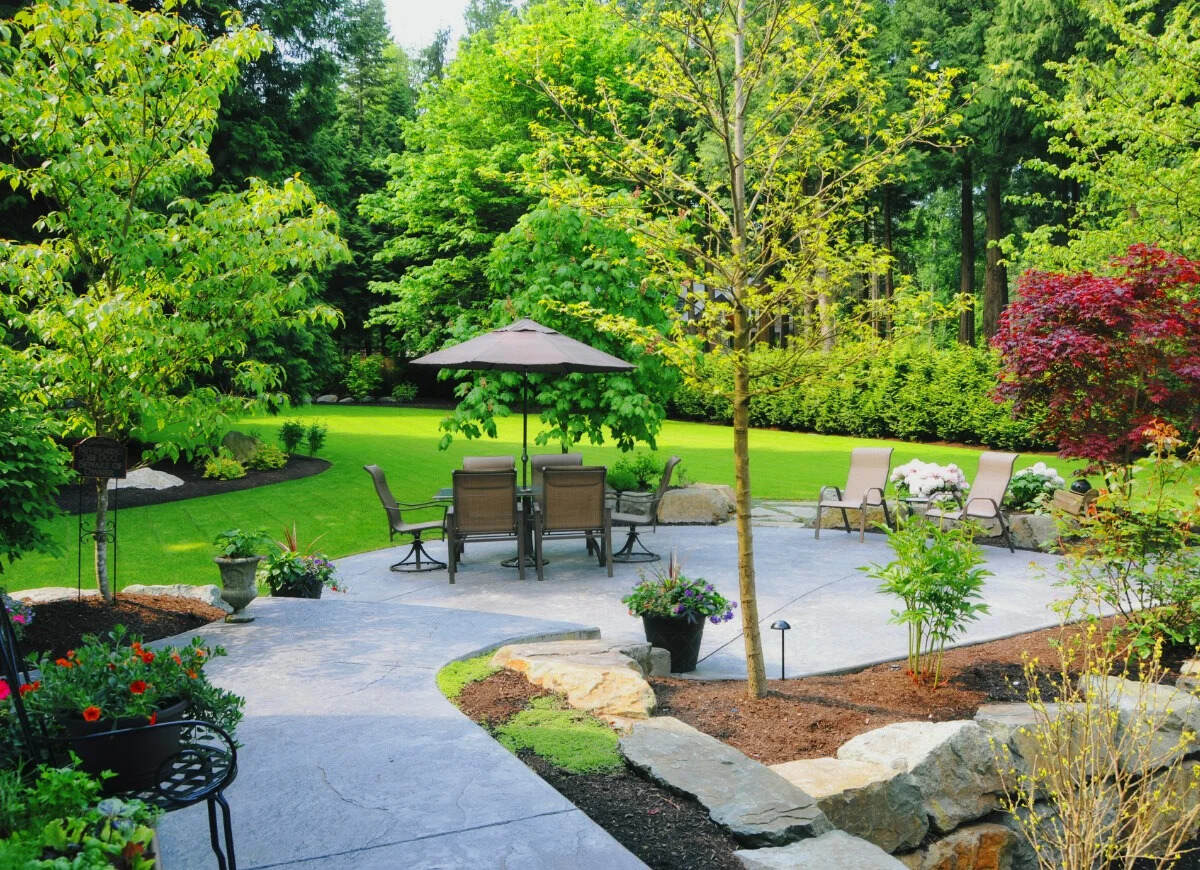


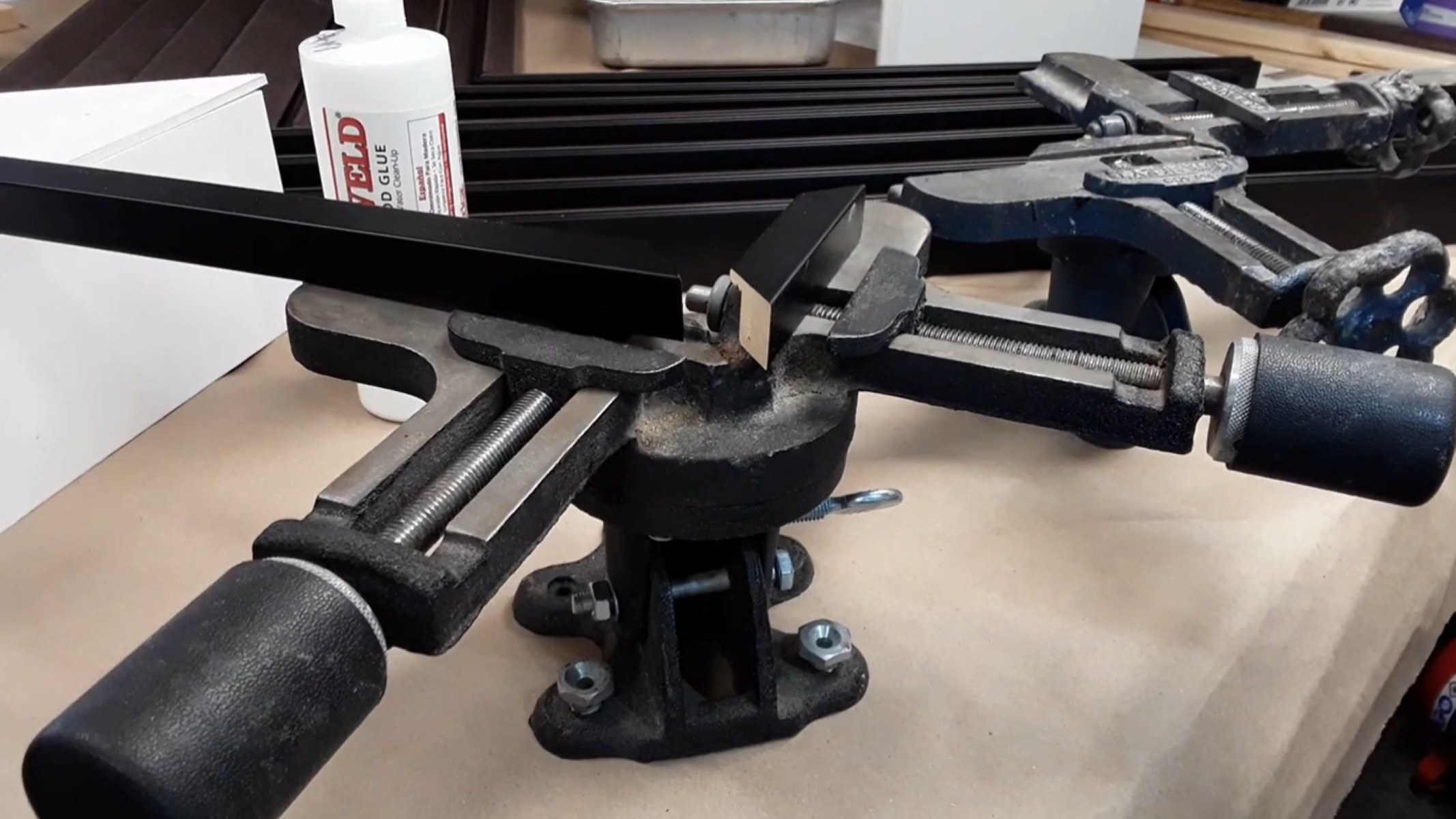
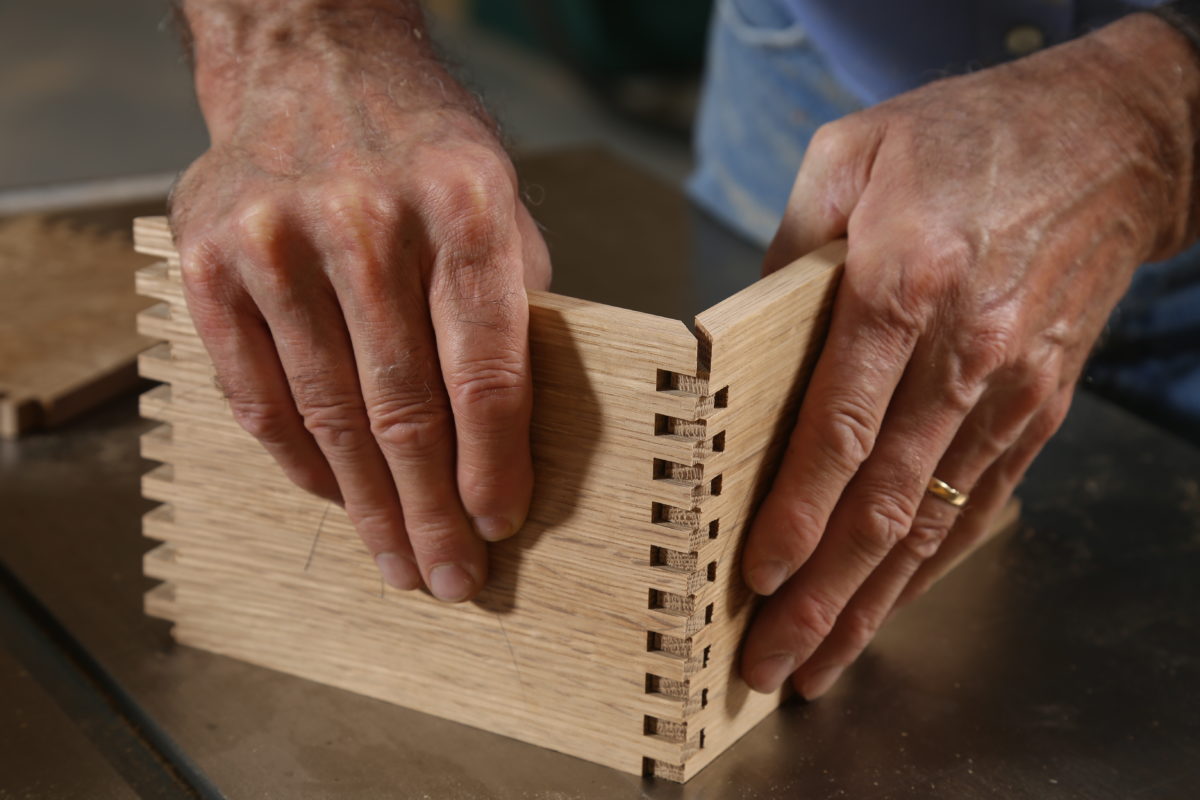

0 thoughts on “What Is A Construction Joint In Concrete”